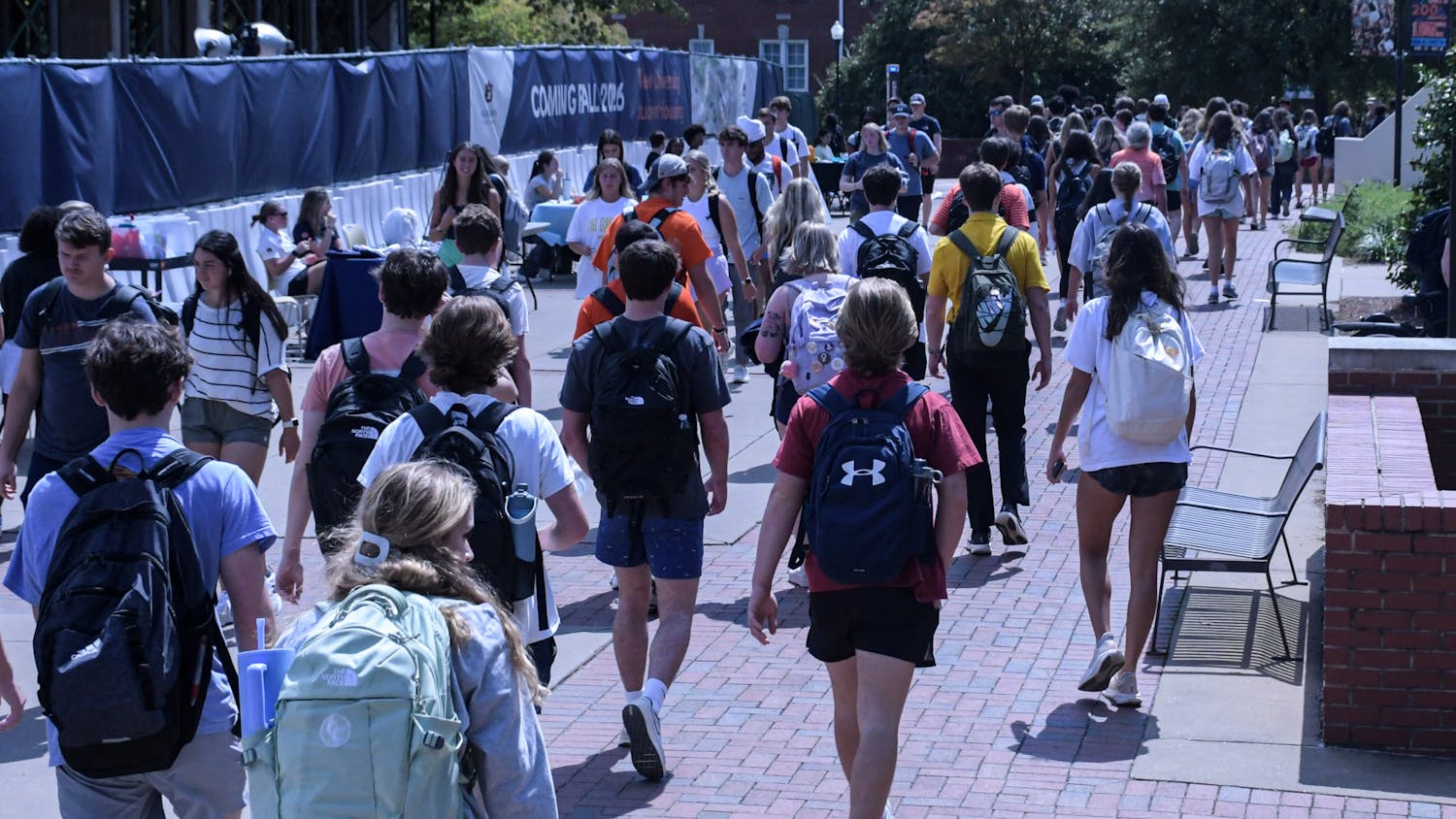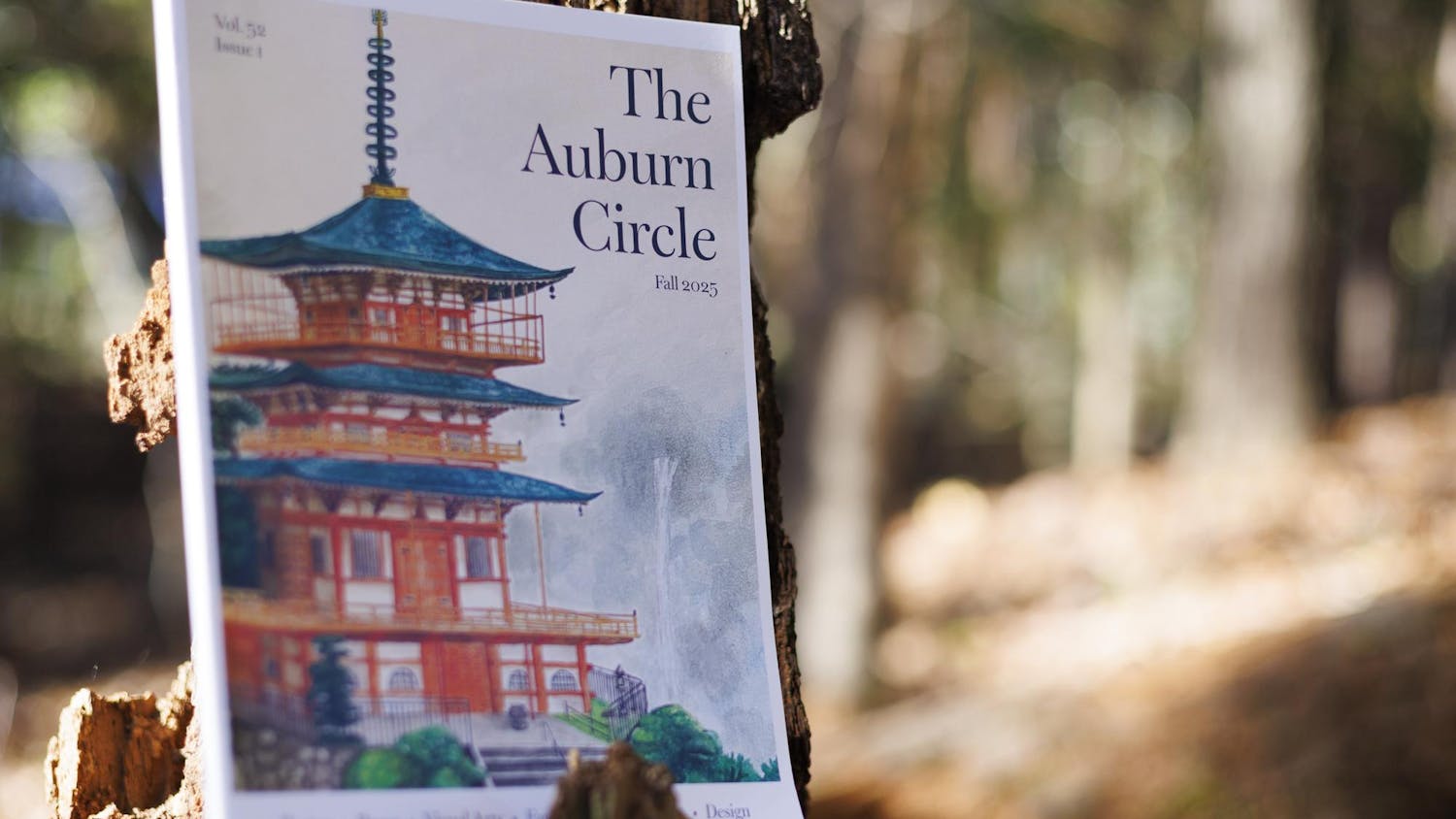A group of architecture students have taken their skills across state lines.
Students from the College of Architecture, Design and Construction recently took home the first place prize at the 30th annual conference of the National Organization of Minority Architects.
The students designed a multipurpose building that would replace a MARTA stop in the Vine City neighborhood outside of downtown Atlanta.
It was the group's first year to compete in the conference.
Kevin Moore, professor of architecture and one of the team's advisers, said the neighborhood that was the competition's focus is famous for its rich cultural history.
"The competition was chosen to deal with a neighborhood in Atlanta which is a historic African-American neighborhood," Moore said. "It's got an amazing history. It was a segregated neighborhood, so there's all of the problems that you would associate with a segregated neighborhood, but also all these interesting opportunities."
NOMA's mission is to encourage diversity within architectural professions by displaying the importance of community engagement and the professional development of its members.
Every year the NOMA conference has a national design competition, and any school that has a NOMA chapter is eligible to enter.
The group's redesign for the MARTA stop focused on maximizing the existing space as well as creating a place for potential businesses, a venue for community activities and possible housing.
Moore said the group's design incorporated the potential for a grocery store, retail space and 500 parking spaces.
Moore and Carla Jackson Bell, director of Multicultural Affairs for the CADC, advised the 11-student group throughout the process.
The project started as part of a three credit hour independent study, and the design process was spread across three semesters.
While 11 students worked on the project at some point during the three semesters, four were present for the duration of the project.
Phillip Ewing, Kenneth Lao, Kyle Johnson and Damian Bolden, seniors in archiecture, comprised the core group.
"It was pretty much evenly distributed between us four, especially toward the end," Ewing said. "All of us were sitting together in a room huddled around a table. We called it the 'war room' at the time."
Ewing said the project took about six months of research and design development with 14 straight 12-hour days to finish the final product.
Ewing said the group presented the design to a jury of architecture professors and professionals.
He said the group used a design board to present its ideas to the panel, with only five minutes of presentation time.
"We tried to sort of pick out what are our selling points," Ewing said. "We tried to think of it almost like a marketing pitch. We focused on strong points and played that up."
Ewing said he credited the team's design board for conveying their ideas effectively.
"When you are doing these presentations, the judges are sort of listening to you, but they are already sort of looking over on the boards," Ewing said. "They'll make up their mind about what to say based on what you have up on the board."
Lao said in the final weeks before the competition he was confident the group would be successful.
"We actually put a paper up in the room that said, 'We are going to win,'" Lao said. "It set a mentality to the team."
Lao said he was proud to be able to help CADC gain recognition across the country.
"It's kind of a good feeling to help put Auburn's school of architecture on the map," he said. "It's not necessarily about an individual honor."
The group is already preparing for this year's competition, Lao said.
"Winning is hard, but repeating is harder."
Do you like this story? The Plainsman doesn't accept money from tuition or student fees, and we don't charge a subscription fee. But you can donate to support The Plainsman.




